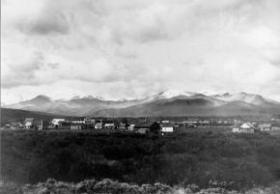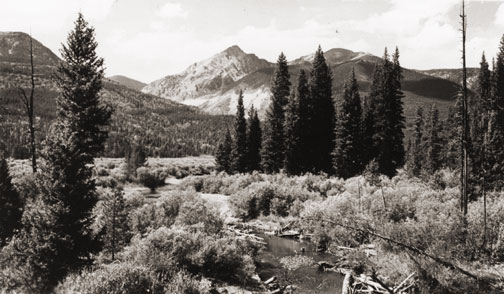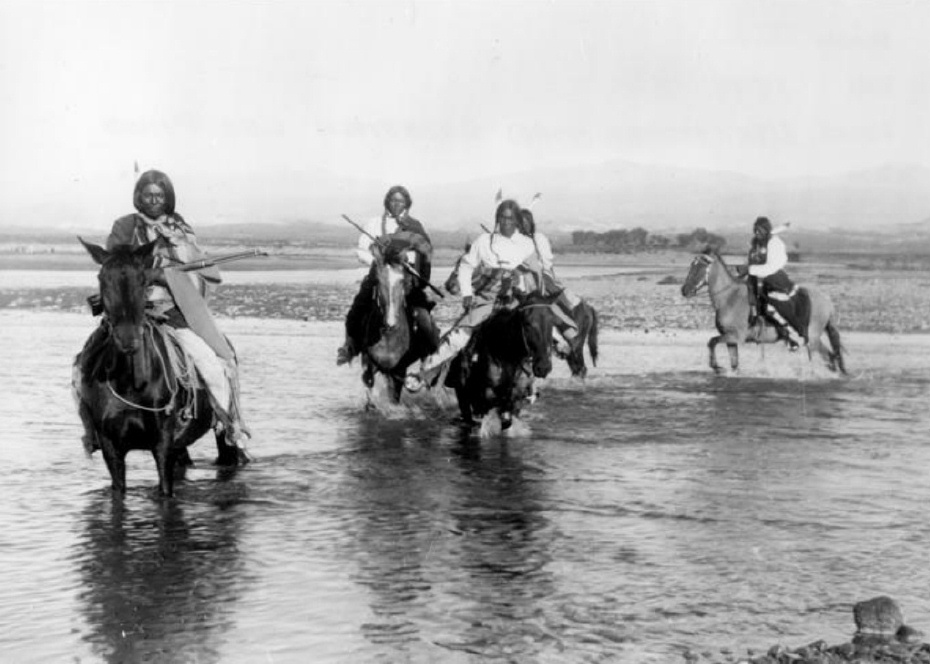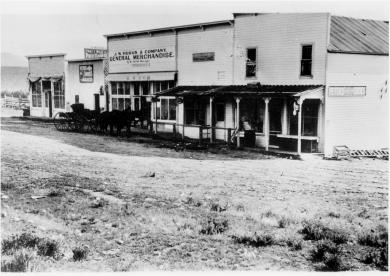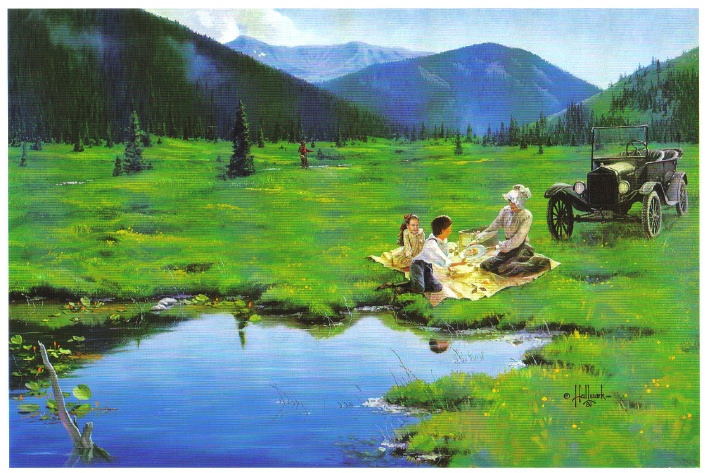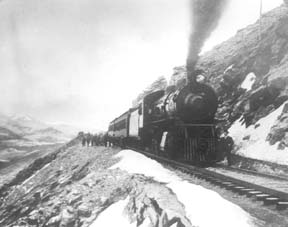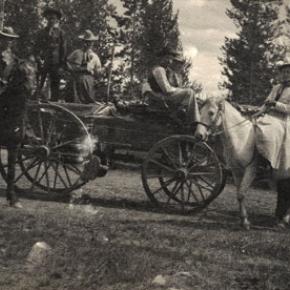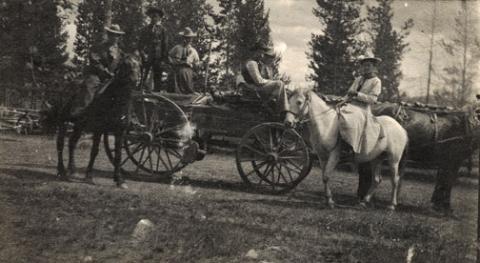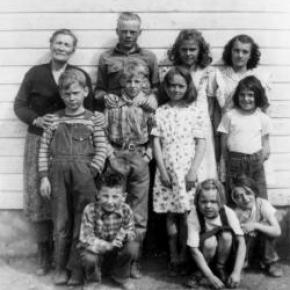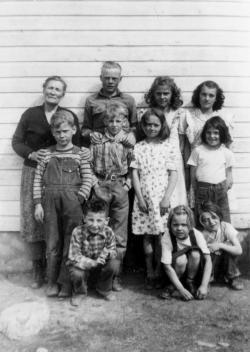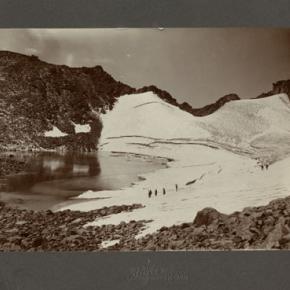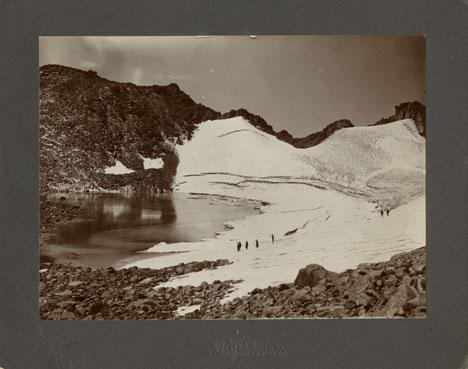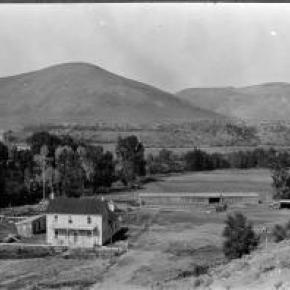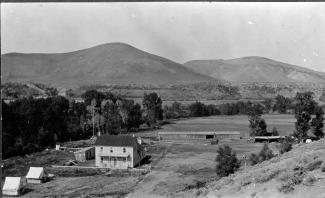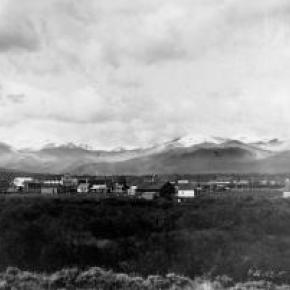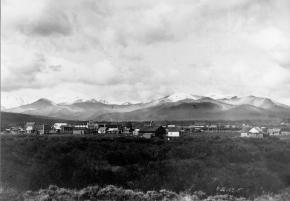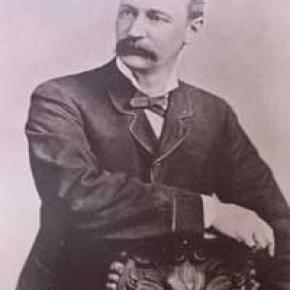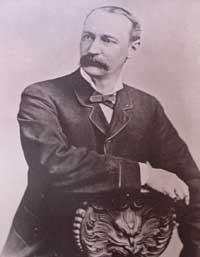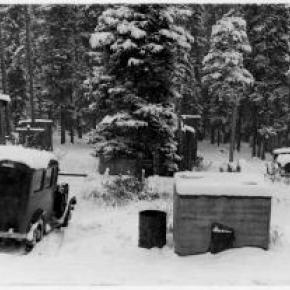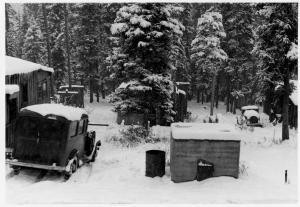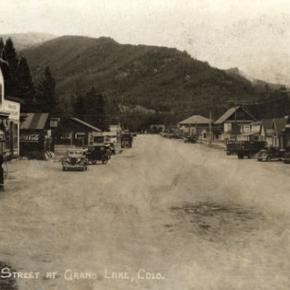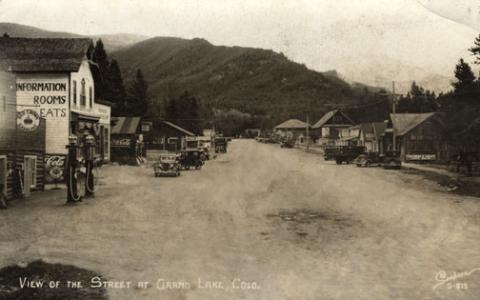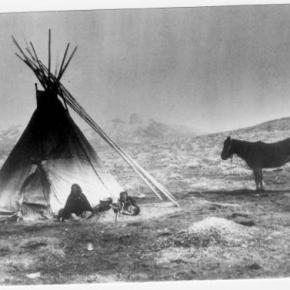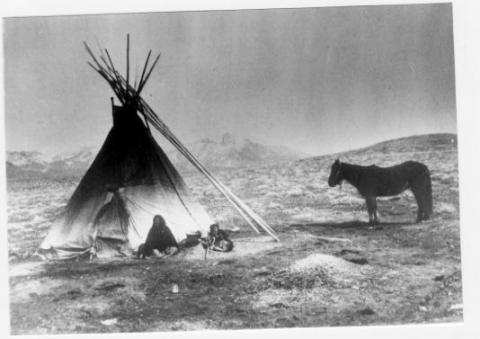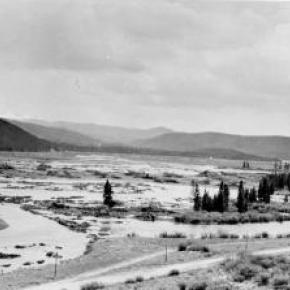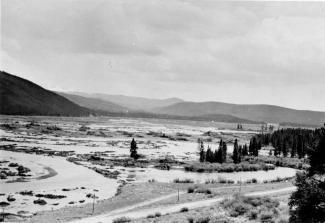The idea of diverting water from the Colorado River on the Western Slope of the Continental Divide to the productive farmlands of the eastern plains had been a dream of planners as early as 1929. Subsequently, a long period of drought and the sagging economy of the “Great Depression” whetted demands for what became the largest trans-mountain diversion project ever built.
The Colorado-Big Thompson Project takes water from Grand Lake on the western side of the Continental Divide to the Big Thompson River on the east. The water flows through a 13 mile tunnel beneath Rocky Mountain National Park. In order to supply the residential and farming needs of Northeastern Colorado, the project was begun in 1938 and continued through the years of World War II. The first water flowed though the tunnel, named for Senator Alva B. Adams, on June 23, 1947.
In order to assure an adequate supply from Grand Lake, a dam was built creating Shadow Mountain Reservoir. A larger lake, Granby Reservoir was then built below, with a unique pumping plant that forces water into Shadow Mountain. The Farr Pumping Plant cost over $9 million and provides an additional 700,000 of irrigated land to northeastern Colorado. Further reservoirs were added, both to supplement the diversion and to compensate the water needs of Western Colorado. These include Willow Creek and Windy Gap Reservoirs in Grand County.
While most legislators were enthusiastic about the project, U.S. Representative Edward Taylor was vehemently opposed to the reduction of water flowing down the Colorado River. A compromise was reached in the creation of Green Mountain Reservoir (on the Blue River), which reserves water to replenish the Colorado River. The city of Denver later claimed upstream water on the Blue River for the massive diversion project of Dillon Reservoir
Claims on the water of the Colorado River range from the fruit and wine regions of the Grand Valley in Colorado all the way to Los Angeles and Mexico. It can be said that every snowflake which falls in Western Colorado had already been over-appropriated, especially during drought periods in the arid West.








